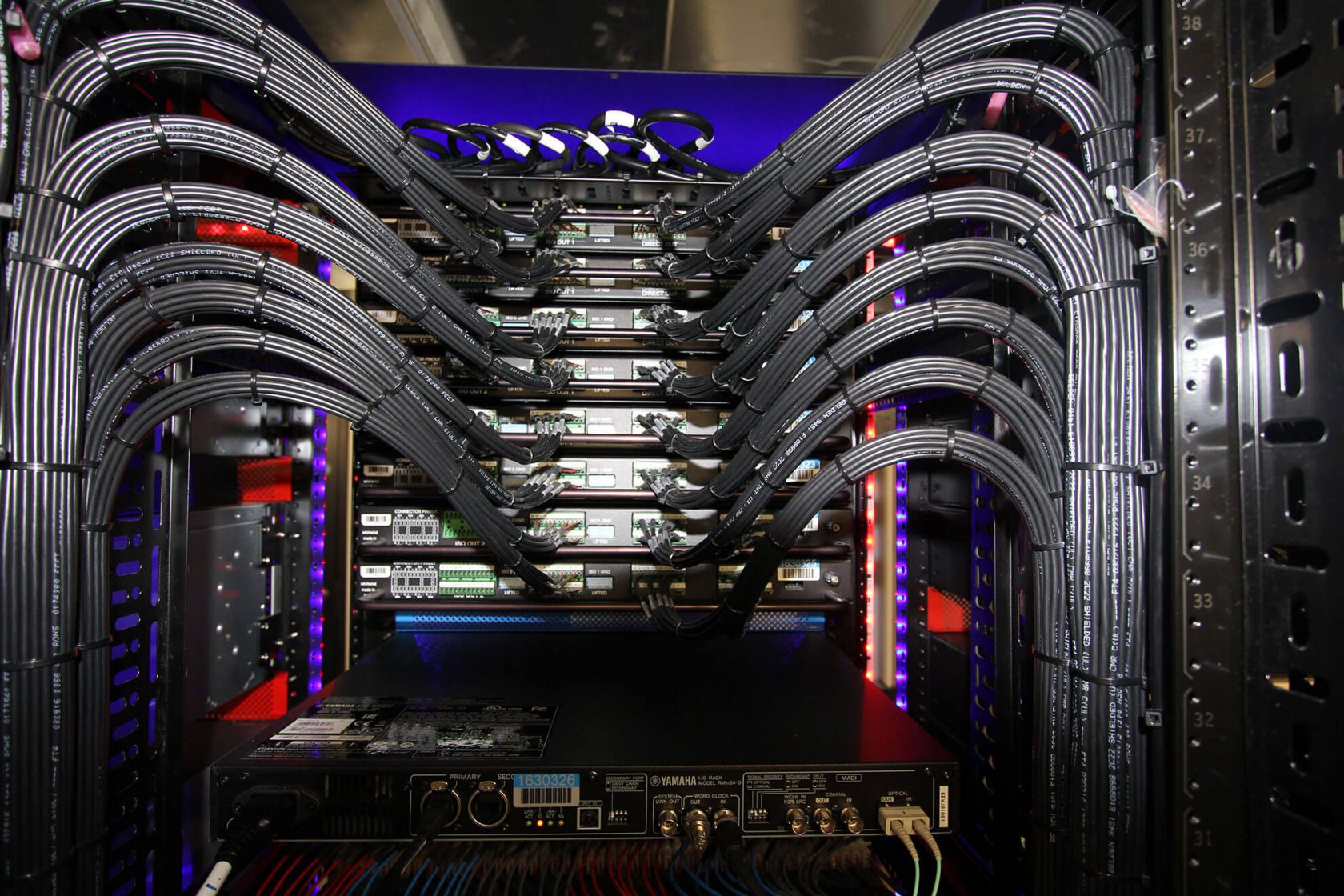Ideal Tactics for Positioning Surveillance Cameras to Improve Surveillance Effectiveness
Ideal Tactics for Positioning Surveillance Cameras to Improve Surveillance Effectiveness
Blog Article

Placing surveillance cameras effectively effectively remains crucial to improving monitoring in different environments, including homes, commercial properties, and public areas. The primary objective of security systems is to discourage crime while also provide proof in case of events. To achieve this, it becomes essential to take into account several elements, such as camera location, field of vision, and the particular areas that need monitoring. By comprehending these elements, people and entities can create a thorough surveillance plan that maximizes the efficacy of their security solutions.
One of the first steps in placing security cameras involves to identify critical areas that require surveillance. Vulnerable zones, including entrances, exits, vehicle lots, and locations with valuable items, should be given priority. It also crucial to take into account areas not visible, which may be areas that might not be seen from specific angles. By mapping out these key locations, surveillance personnel can ensure that all nook is monitored, minimizing the chances of criminal actions going undetected. Additionally, placing surveillance systems at key locations can help create a comprehensive perspective of the property, allowing for improved overall security coverage.
The viewing angle of a surveillance camera is another crucial element to consider. Different kinds of cameras provide different fields of view, that can affect how many space gets captured in the footage. For instance, wide-angle cameras can cover bigger spaces, making them perfect for open areas, whereas pan-tilt-zoom systems can be modified to focus on particular details. When positioning surveillance systems, it is essential to select the appropriate kind based on the area being observed. This ensures that the camera can capture clear footage and provide valuable data in the event of an incident.
Height and angle of installation also play great site a crucial part in the efficacy of security cameras. Cameras must be installed at a level that is out of reach of possible interference but also allows for clear viewing of identifying features and additional identifying features. A common suggestion is to install cameras at least eight to 10 ft off the ground. Additionally, the angle at which the system remains set can impact its ability to record crucial information. Cameras should be tilted to reduce glare and avoid obstructions, guaranteeing that they can capture clear footage at any moments.
Finally, regular upkeep and improvements to the security camera is crucial for long-term effectiveness. This entails inspecting camera functionality, wiping optics, as well as ensuring that software remains current. Regular assessments of the monitoring strategy can help detect any additional blind spots or areas that might need additional coverage. By staying proactive and implementing required adjustments, people as well as organizations can enhance their monitoring effectiveness and ensure that their surveillance systems continue to fulfill their intended purpose.